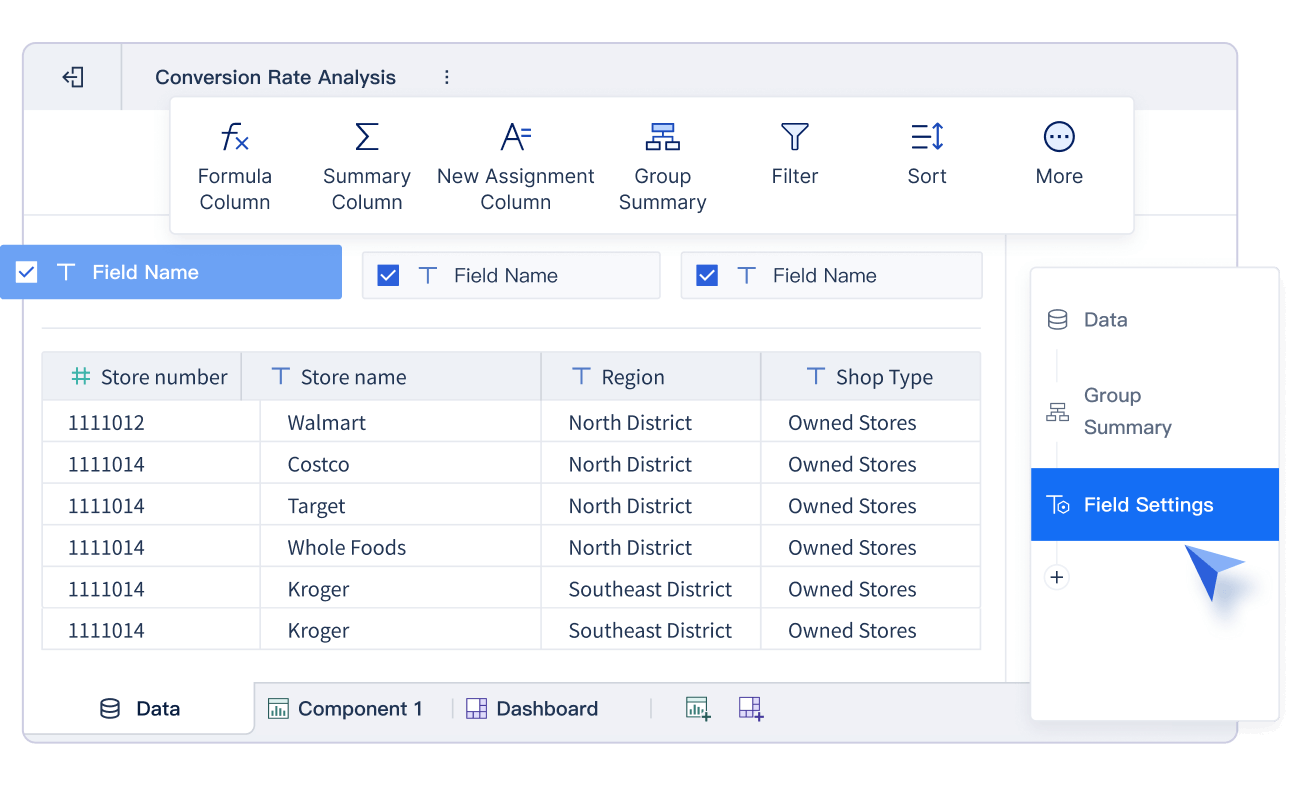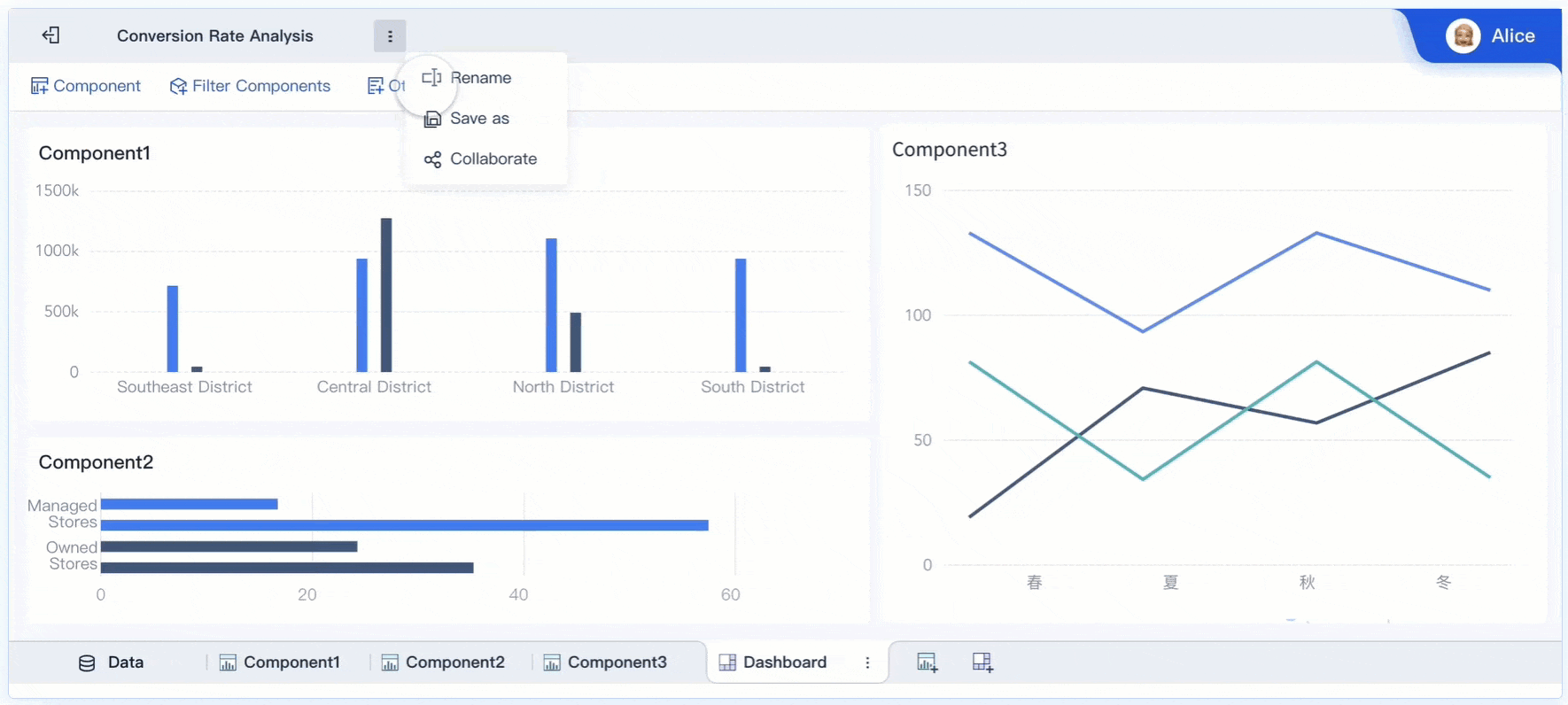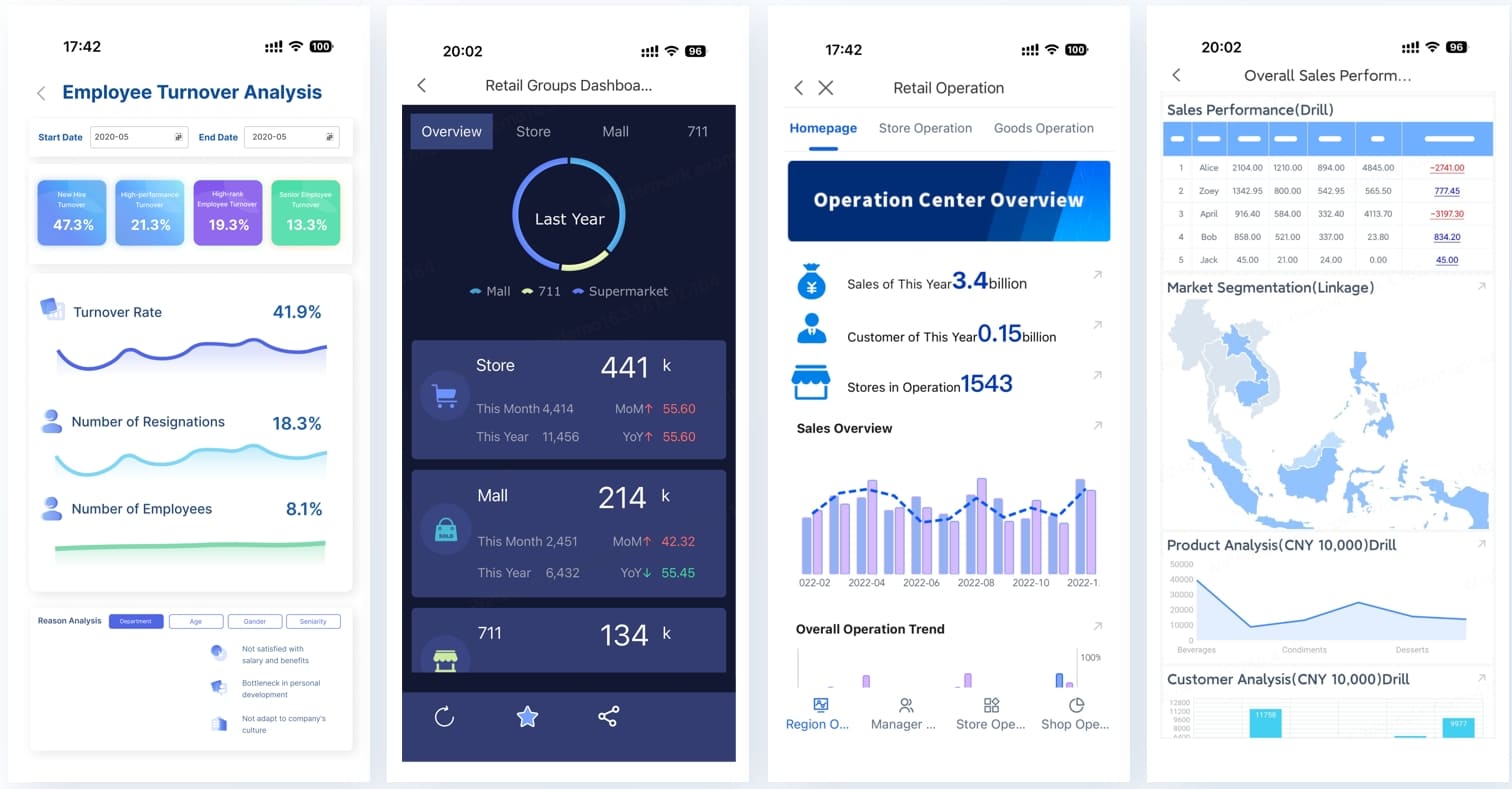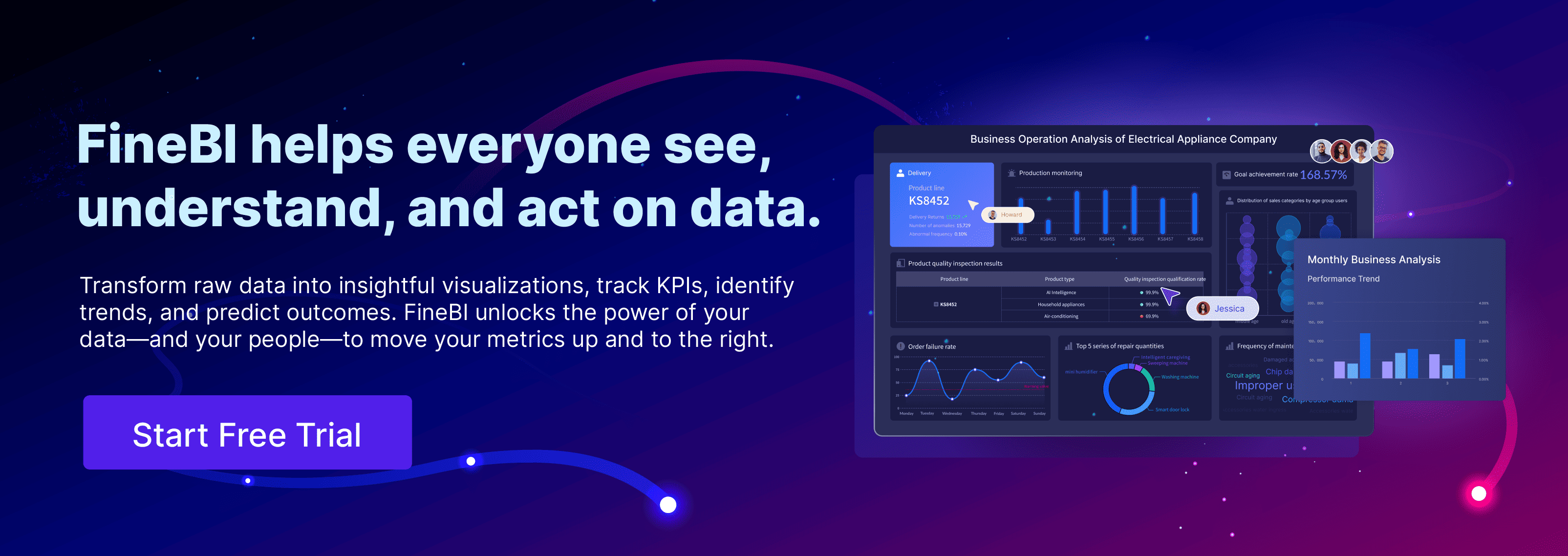Product data management software helps you organize, control, and share all your product data in one place. You can manage important files such as:
- Computer-aided designs (CAD)
- Product parts information
- Manufacturing instructions
- Bills of materials (BOM)
- Design revisions
Centralizing product data means you always know where to find the latest models, drawings, and specifications. The table below shows more examples of what you can manage with pdm:
| Product Data Types | Description / Examples |
|---|---|
| Product Models | 3D models, CAD files |
| Specifications | Technical details and product requirements |
| Drawings | Engineering drawings, blueprints |
| Engineering Change Orders | Documentation of product design changes |
| Bills of Materials (BOM) | Lists of components and materials |
| Product Parts Information | Details about individual parts |
| Manufacturing Instructions | Guidelines for production processes |
| Design Revisions | Tracking changes and iterations in product design |
| Product Documentation | Manuals, datasheets, and related documents |
| Metadata | Data ownership, release status, indexing |
You need strong product data management software to keep your team efficient. In manufacturing or any data-driven company, pdm ensures everyone works with the right product data at every step.
All dashboards in this article are created with the self-service analytics tool FineBI. Click the button below to try FineBI for free and start your self-service analytics journey!
Product Data Management Software Overview

What Is Product Data Management Software
You use product data management software to organize, track, and control all the information related to your products. According to leading industry sources, this type of software acts as a central knowledge base for your company. It stores technical specifications, manufacturing details, and development data. You can think of it as a digital filing cabinet that helps you and your team find the right files, drawings, and documents whenever you need them.
Product data management software supports collaboration between engineers, project managers, and sales teams. It manages engineering data such as CAD models and drawings. It also controls versioning and the release of product components. Most companies use product data management software during the design and engineering phases, but it also serves as the foundation for broader product lifecycle management.
Tip: When you use product data management software, you create a single source of truth for your product data. This reduces errors and makes sure everyone works with the latest information.
Types of Product Data Managed
A product data management software handles many types of product data. You can store and manage everything from design files to manufacturing instructions. Here are some common categories:
| Category | Description/Role in PDM System |
|---|---|
| Bills of Material | Lists components and subassemblies required for products |
| Routings | Defines the sequence of operations for manufacturing |
| Work Centers | Specifies locations or machines where operations occur |
| Engineering Change Management | Manages updates and revisions to product data and processes |
You also manage other important product data, such as:
- Brand names and part numbers
- Vendor or supplier information
- Schematics and material data sheets
- Pricing and units of measure
- Technical drawings and CAD files
- Product documentation and manuals
When you centralize all this product data in a pdm software, you break down data silos. This means your teams can access real-time, consistent information. You improve decision-making, product traceability, and compliance with regulations. Centralized data management also helps you reduce errors and streamline your operations.
Core Functions of Product Data Management Software
Product data management software offers several core functions that help you manage your product data efficiently. Here are the main features you will find in most pdm software:
- Centralized Data Storage
You keep all your CAD files, engineering data, bills of materials, and related documents in one secure place. - Version Control
You track changes and revisions to your product data. This ensures you always work with the latest version and can review the history of any file. - Collaboration Tools
You and your team can work together on product data without confusion. Controlled access and versioning prevent overlap and mistakes. - Workflow Automation
The system automates approvals, notifications, and other processes. This reduces manual work and speeds up your projects. - Data Security and Access Control
You set permissions for different users. This protects your intellectual property and sensitive product data. - Integration with Enterprise Systems
You connect your pdm software with ERP, PLM, CAD, and CRM systems. This extends data management across your entire product lifecycle. - Analytics and Reporting
The system provides tools to analyze your product data. You can generate reports to support better decision-making.
Note: Essential features for enterprise use include robust security, advanced search, revision control, automatic part numbering, and real-time analytics. These features help you maintain control over your product data as your business grows.
When you use product data management software, you standardize data formats and terminology. You also automate validation and approval chains. This improves governance and supports compliance. By reducing errors and streamlining workflows, pdm software helps you bring products to market faster and with fewer mistakes.
How Product Data Management Software Work
Workflow and Features of Product Data Management Software
Product Data Management Software helps you organize and control your product data from the start of a project to the final release. You follow a clear workflow to make sure your team always works with accurate and up-to-date information. Here is a typical workflow you might use when setting up and running a pdm software in a manufacturing environment:
- Planning and Goal Setting
You begin by defining your goals. For example, you may want to reduce errors, improve access to product data, or speed up your workflows. - Current State Analysis
You look at your current data management setup. You identify gaps and areas that need improvement. - Categorizing and Reorganizing Files
You organize your files based on how you use them. You set up folder structures that match the capabilities of your product data management software. - Installation and Testing
You install the pdm software, set up test environments, and check that everything works as expected. - Configuration and Maintenance
You adjust the system to fit your needs. You set naming rules, manage revisions, and set up security. - Integration with Other Systems
You connect your product data management software to tools like ERP, MES, and supply chain platforms. This step helps you synchronize product data and improve teamwork. - Version Control and Change Management
You use version control to track changes. You set up approval processes to keep your product data accurate. - Security and Compliance
You protect your product data with access controls, encryption, and audit trails. You make sure you follow industry rules. - People-Centric Change Management
You train your team and help them adapt to the new system. You use change management methods to support everyone. - Continuous Improvement
You use analytics to monitor your product data and workflows. You look for ways to improve and fix problems before they grow.
Tip: Automating workflows in your product data management software saves time and reduces mistakes. You can set up approval processes, assign tasks, and track progress in real time.
A pdm software automates many tasks for you. It can:
- Consolidate product data from different sources into one place.
- Automate approval workflows for product changes.
- Assign tasks and notify team members when action is needed.
- Validate data to ensure accuracy.
- Keep audit trails for compliance and transparency.
You can also use the system to detect data issues and alert the right people. This helps you fix problems quickly and keep your product data reliable.
Integration with Business Tools
A strong product data management software connects with the other tools you use every day. You can link your pdm software to:
- CAD systems: Manage design files and support collaboration between engineers.
- ERP platforms: Streamline procurement, inventory, and vendor management.
- PLM solutions: Extend control across the full product lifecycle.
- Collaboration tools: Enable remote access, version control, and teamwork.
- Master Data Management (MDM) tools: Ensure high-quality, consistent product data across your business.
These integrations help you centralize your product data, improve version control, and support smooth product development. You break down data silos and make sure everyone works with the same information.
FineBI give you powerful integration and data management features for manufacturing and enterprise environments. With FineBI, you can:
- Connect to over 60 types of data sources, including Excel, databases, and APIs.
- Use ETL tools to process and clean your product data.
- Set up automated tasks for reporting, data conversion, and notifications.
- Manage permissions and access with multi-level controls.
- Visualize product data on dashboards and maps for better decision-making.
- Access your product data on mobile devices, so you stay informed anywhere.
FineBI supports real-time analytics an5d unified data management. You can handle large volumes of product data, automate reporting, and ensure secure access for your team. These features help you keep your product data accurate, up-to-date, and ready for analysis.

Note: When you integrate your product data management software with business tools, you improve efficiency, reduce manual work, and support better collaboration across departments.
Benefits of Product Data Management Software
Efficiency and Collaboration of Product Data Management Software
You gain significant efficiency when you use product data management software. The system gives you a single source of truth for all your product data. This reduces errors and helps your team avoid working with outdated files. You can automate validation and approval processes, which speeds up your workflow and improves product quality.
- You share product data easily across departments, making teamwork smoother.
- You centralize information, so you spend less time searching for files.
- You reduce delays and speed up product development cycles.
- You see measurable gains like lower development costs, fewer mistakes, and faster time-to-market.
When you use FineBI from FanRuan, you connect your product data to real-time dashboards. You can track production metrics, monitor changes, and collaborate with your team in one place. For example, a manufacturing company used FineBI to centralize product data, which helped them cut development time and improve communication between engineering and production teams.

Data Accuracy and Security of Product Data Management Software
Accurate product data is essential for your business. Product data management software helps you keep your information clean and reliable. You can automate data validation and cleaning, which reduces errors in your supply chain. Companies like Kmart Australia and Saint-Gobain improved their data accuracy by centralizing product data and automating updates. This led to faster product launches and fewer costly returns.
- You maintain a single source of truth for all product data.
- You use version control to make sure everyone works on the latest designs.
- You automate updates and synchronize product data across channels.
- You improve inventory management and reduce errors in specifications.
FineBI solutions also keep your product data secure. You control access with role-based permissions and secure authentication. You can share dashboards safely and protect sensitive data on mobile devices. FineBI’s robust architecture ensures your product data stays available and protected, even during system failures.

With strong data management, you build trust with your customers and partners. You also gain resilience and cost savings by using accurate product data for supplier and distributor management.
Product Data Management Software vs. Product Information Management Software
Key Differences
You may wonder how product data management and product information management differ. Both systems help you organize product-related data, but they serve different purposes and users. The table below highlights the main differences:
| Aspect | Product Data Management (PDM) | Product Information Management (PIM) |
|---|---|---|
| Primary Focus | Managing technical and engineering data (CAD drawings, BOMs) | Consolidating and managing product information for marketing and sales |
| Origin | CAD industry | Business practices for marketing and sales |
| Typical Users | Engineers, operations teams | Sales, marketing, commerce teams |
| Data Managed | Technical specs, version control, engineering models | Product descriptions, pricing, SKUs, digital assets |
| Purpose | Support design, production, manufacturing processes | Ensure consistent product info delivery across channels |
| Scope | Technical and engineering-centric | Broader, including sales and marketing needs |
| Business Impact | Product lifecycle and manufacturing efficiency | Essential for eCommerce and omnichannel strategies |
You use product data management to control technical files, engineering models, and design changes. This system supports your product lifecycle management and manufacturing processes. On the other hand, pim helps you manage product information like SKUs, pricing, and descriptions. It ensures your product information stays consistent across websites, catalogs, and sales channels. While pdm focuses on engineering, pim supports marketing and sales.
Note: Industry analysts say that pim systems collect, enrich, and manage product information in one place. This helps you deliver accurate product information to customers, no matter where they shop.
When to Use Each
You choose product data management when you need to handle technical data, engineering drawings, and version control. This system fits best in manufacturing, engineering, and plm environments. You rely on pdm to support collaboration between engineers and to keep your product data accurate during design and production.
You turn to pim when your goal is to manage product information for marketing, sales, and eCommerce. This system works well in retail, distribution, and any business that sells products across multiple channels. pim lets you create rich product content, manage digital assets, and ensure your product information reaches customers everywhere.
- Use pdm if you need:
- Engineering change management
- CAD file control
- Manufacturing process support
- Use pim if you need:
- Consistent product information across eCommerce and retail
- Centralized management of SKUs, pricing, and descriptions
- Support for omnichannel sales and marketing
You often see both systems working together. For example, you might use pdm to manage technical data and then send approved product information to pim for marketing and sales. This combination gives you full control over your product lifecycle management and customer experience.
Tip: Integrating pdm and pim with your plm system helps you deliver a complete product experience, from design to customer delivery.
How to Choose Product Data Management Software
Compatibility and Scalability of Product Data Management Software
When you choose a product data management software, you need to check if it works well with your current tools and can grow with your business. Many companies face compatibility challenges, especially when they use older IT systems. You might see issues like:
- Schema mismatches, such as different field types or naming rules.
- Data format differences, including timestamps or currencies.
- Outdated APIs or custom scripts that do not work with new software.
- Legacy systems using batch processing, while modern systems use real-time updates.
- Security gaps from older encryption or authentication methods.
To avoid these problems, you should test the system with real data and workflows before going live. Make sure you check how the system handles data from different sources, including pim and other business tools. Leading systems use cloud-based platforms to connect production planning, inventory, and supply chain data. They also support advanced technologies like AI, IoT, and automation. This helps you scale up as your business grows and keeps your product data and pim information accurate and up to date.
Security and Fit
Security is a top priority when you manage product data. Enterprise-grade systems offer features such as:
- Advanced identity and device management, including single sign-on.
- Data encryption at rest and in transit.
- Access controls and least privilege enforcement.
- Activity monitoring and compliance reporting.
- Integration with IAM systems and support for multiple operating systems.
You should also check if the system fits your industry needs. Start by looking at your current processes. Are you spending too much time on manual tasks or fixing errors in product data or pim content? Use a table to guide your assessment:
| Step | Description | Purpose |
|---|---|---|
| Define Scope and Objectives | Set clear goals for data management | Focus your evaluation |
| Build a Cross-Functional Team | Include IT, finance, and operations | Ensure balanced input |
| Evaluate Current Practices | Review how you handle product and pim data | Find gaps and improve |
| Review Existing Tools | Check if current systems meet your needs | Identify upgrade opportunities |
By following these steps, you can choose a system that keeps your data secure, supports your growth, and works well with pim and other business tools.
Product data management software gives you better control, accuracy, and collaboration across your organization. You streamline compliance, improve customer experience, and boost innovation by treating data as a valuable asset.
- FineBI from FanRuan helps you customize dashboards, scale with your needs, and protect sensitive data. Here is an interactive dashboard of Product Performance Analysis created by FineBI, click to experience it.
- You gain easy integration, expert support, and user-friendly tools for manufacturing and beyond.
Evaluate your current processes using these key metrics:
| Metric | Description |
|---|---|
| Accuracy | Data matches actual product details |
| Completeness | All relevant information is included |
| Consistency | Data stays uniform across all platforms |
| Timeliness | Information is always up to date |
Consider adopting a modern solution to unlock these benefits for your team.
Click the banner below to try FineBI for free and empower your enterprise to transform data into productivity!
Continue Reading About Product Data Management Software
What is Product Lifecycle Management
FAQ

The Author
Lewis
Senior Data Analyst at FanRuan
Related Articles

What is a data management platform in 2025
A data management platform in 2025 centralizes, organizes, and activates business data, enabling smarter decisions and real-time insights across industries.
Howard
Dec 22, 2025

Top 10 Database Management Tools for 2025
See the top 10 database management tools for 2025, comparing features, security, and scalability to help you choose the right solution for your business.
Howard
Dec 17, 2025

Best Data Lake Vendors For Enterprise Needs
Compare top data lake vendors for enterprise needs. See which platforms offer the best scalability, integration, and security for your business.
Howard
Dec 07, 2025




